Preparedness
11 Most Essential Wilderness First Aid Tips You Need To Survive
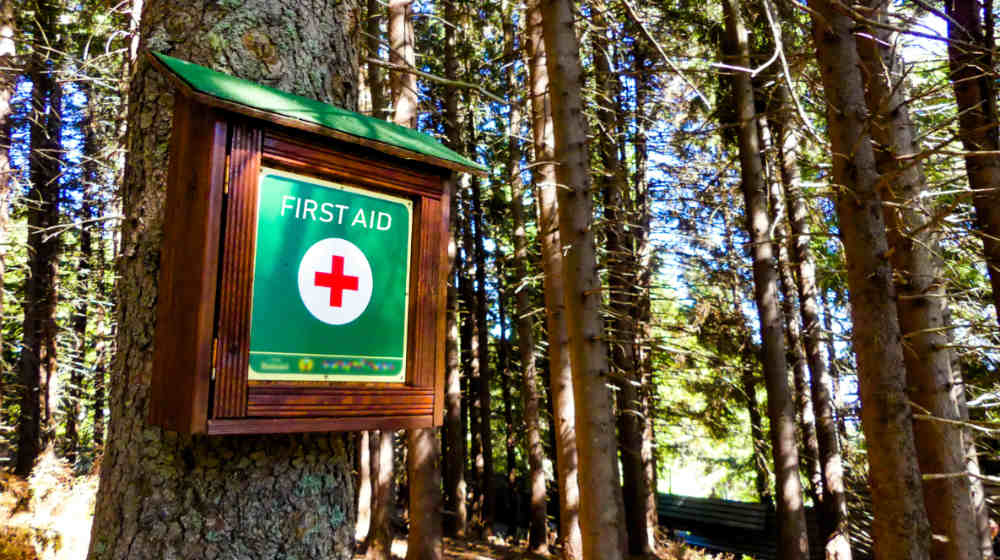
Preparing to explore the wilderness soon? Before you head out on your new adventure, you need to be prepared. Here are some of the most important wilderness first aid tips that will help you out in any sitch!
RELATED: Wilderness Emergency Medicine | In-The-Field First Aid In A Pinch
Wilderness First Aid Basics To Help You in Any Situation
Wilderness First Aid Preparation
1. Get a Wilderness First Aid Certification
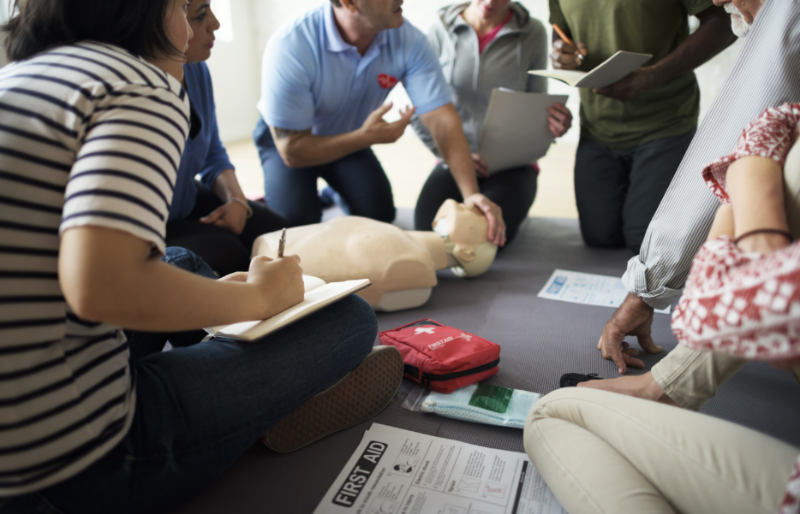
A lot of preparation must be done before you go out on your adventure, so getting certified for wilderness first aid should be your top priority. It does not matter whether you’re going for a quick stroll or a short camping trip—you need to learn the basics first.
Most wilderness first aid certifications are accomplished with CPR and AED training, emergency care, injury prevention, and more. You can also enroll in wilderness survival classes to prepare you for unexpected incidents.
2. Always Bring a First Aid Kit
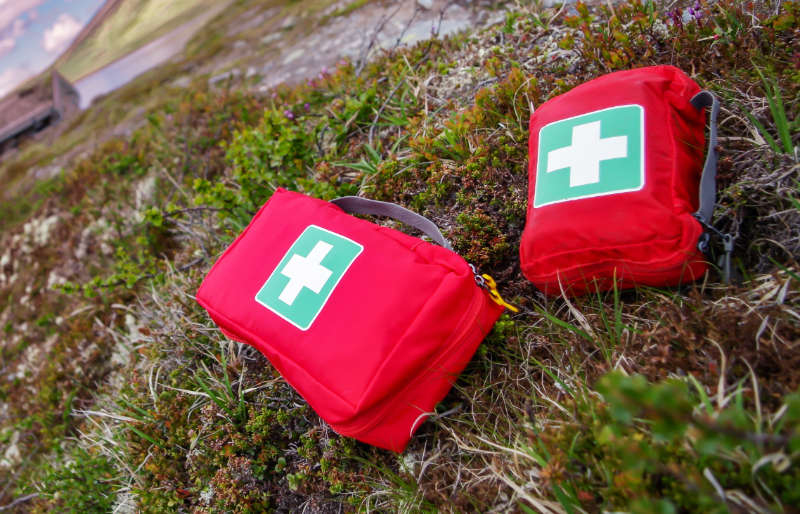
Bringing a first aid kit should be a no-brainer, especially if you have company. Remember to pack enough essentials for the number of people that will be joining you.
Your kit should have the basic necessities: bandages, gauze pads, ointments, alcohol, hot and cold compresses, tweezers, and more.
3. Pack Extra Medication
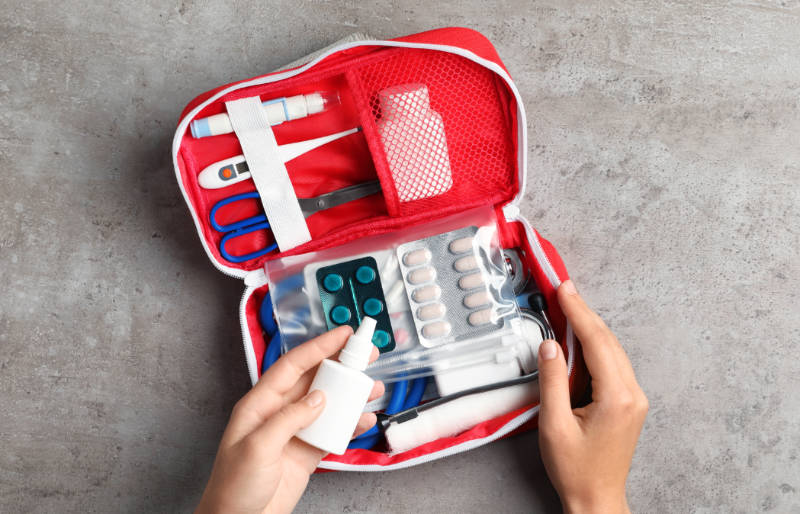
It should be understood that before leaving for your wilderness trip, you must go through a medical examination. If your physician allows you to go ahead, make sure to bring the proper medication.
Aside from your personal medicines, don’t forget to bring aspirin, pain relievers, antihistamines, and multivitamins. You’ll be needing the extra immunity boost if you will be staying out for days!
4. Check the Forecast

Photo by viputae / Shutterstock.com
Now that you have everything you need for your wilderness experience, there’s one last thing you need to check before leaving—the weather forecast. You can avoid a lot of possible dangers just by knowing whether it will be rainy, snowy, or windy on your travel dates.
You should also find out if the place you are going to is prone to certain natural hazards such as avalanches, forest fires, landslides, or earthquakes. Doing your research can help you decide on your schedules and locations.
What to Do During an Emergency
5. Identify the Accident or Injury
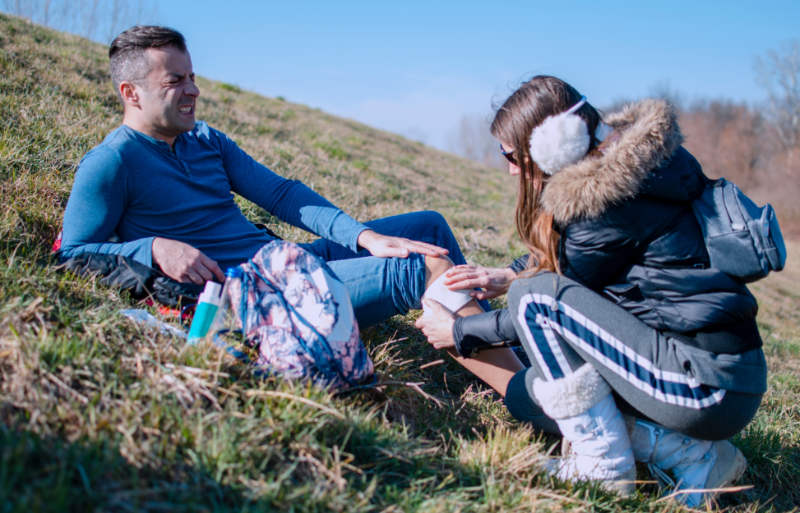
During an emergency, the first thing you must do is identify the accident or injury. Having the tendency to panic is natural, but you should prioritize assessing the situation.
Acting frantically may lose you precious time that could’ve been spent to find solutions for the incident at hand. Stop whatever you are doing and ask the person about any wounds or sprains.
6. Check Vital Signs
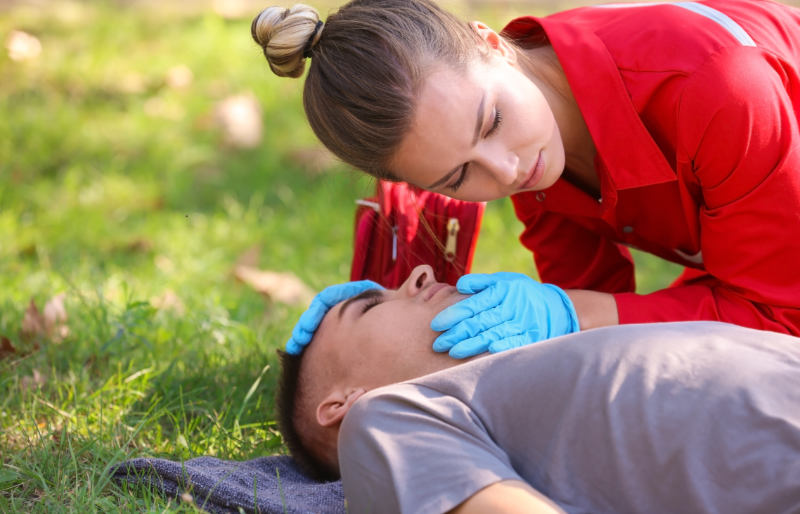
Ask the affected person to lie down on a flat surface or ground before checking the vital signs. Start by identifying the person’s pulse rate, body temperature, and breathing.
If the person is unconscious or having difficulty breathing, performing CPR must be in place. Make sure the responder is certified; other individuals may help in monitoring the time.
RELATED: CPR: Performing and Becoming Certified
7. Control Any Bleeding
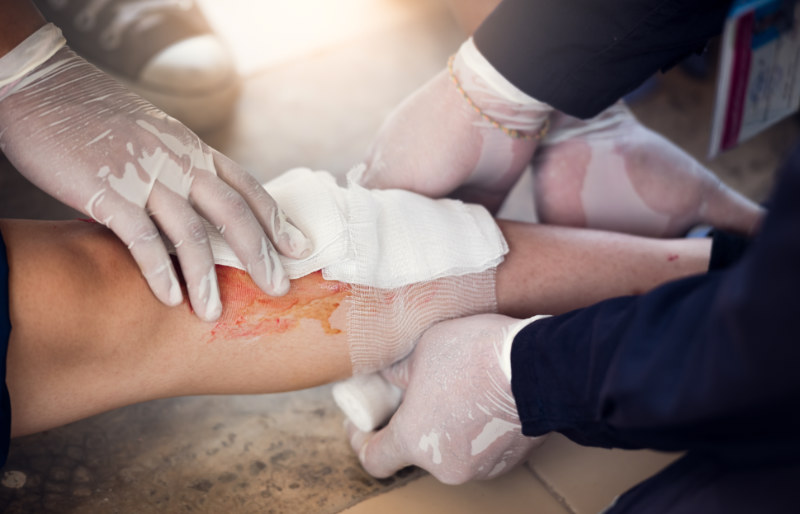
Once you pinpoint all the possible cuts and wounds, you must stop the bleeding immediately and grab your first aid kit. Apply direct pressure on the wound with a clean gauze pad until the bleeding stops.
If the blood soaks through the pad, do not change or remove it. Add more gauze pads or cotton if necessary. For wounds on the arms or legs, keep the limbs elevated to slow down the bleeding.
8. Clean All Wounds
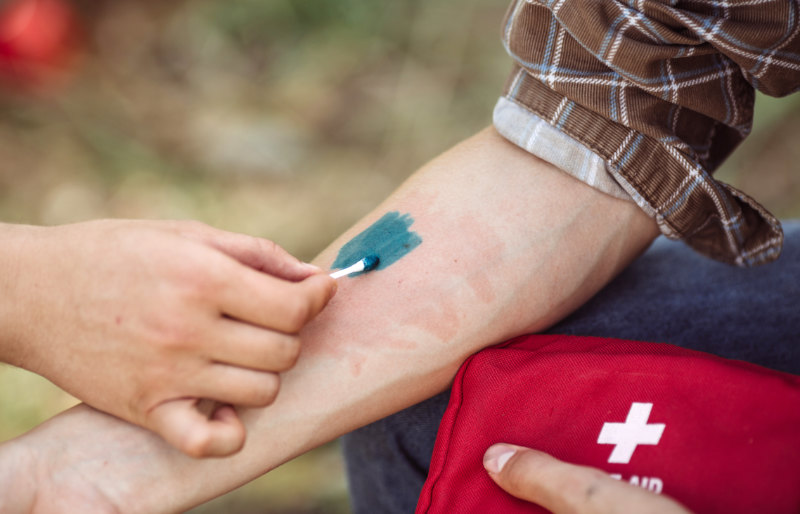
When most of the bleeding has been controlled, you can now proceed to dressing the wounds. First, wash your hands and sanitize before making any further contact. Then, clean the wounds with soap and warm water.
You can apply topical antiseptics to avoid the risk of infection. Check if the affected area is completely clean before covering the wounds with sterile gauze pads or bandages.
9. Treat Burns Immediately
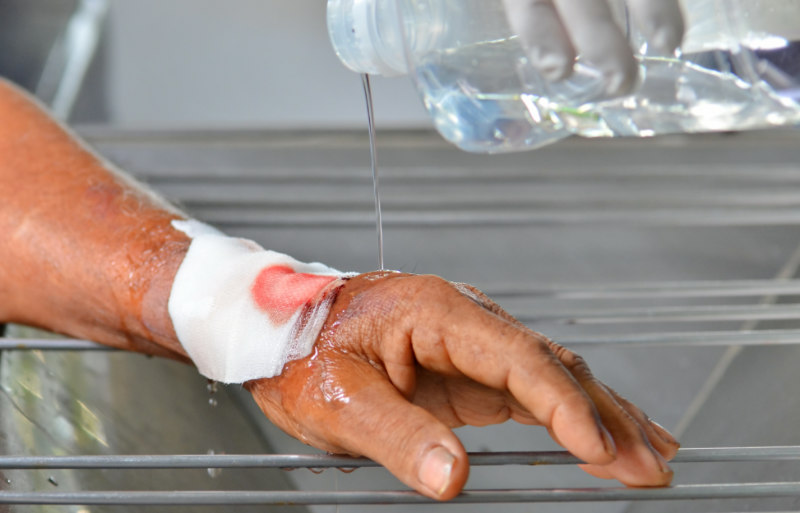
If you have identified any burns, check how severe they are before deciding on the treatment. First-degree burns can be cooled down by placing them under running water. Do not apply creams or lotions—protect the burn with a non-stick bandage instead.
Second and third-degree burns are handled differently and may require immediate medical treatment. Call 911 and keep the burns covered with a loose bandage until help arrives.
10. Keep Sprained Limbs Elevated
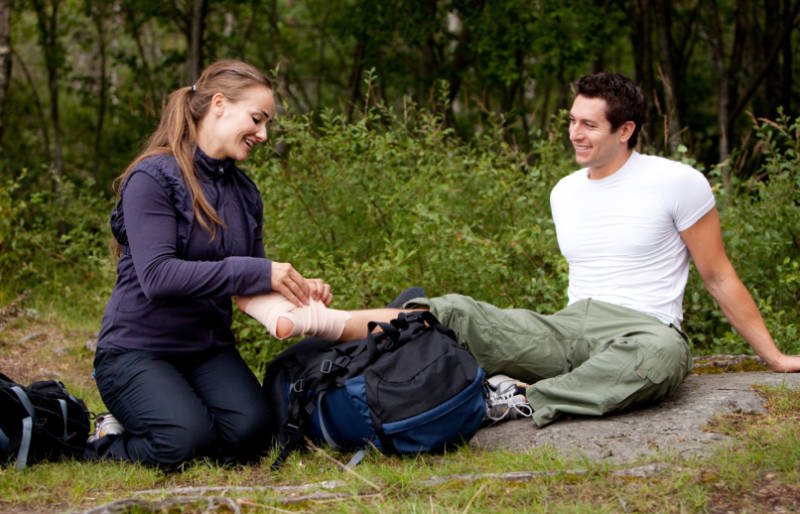
Are you dealing with a twisted ankle or a sprained wrist? Just like burns, you must determine if it’s a first, second, or third degree sprain. While examining, make sure the affected limbs are elevated above heart level.
Treating any kind of sprain must start by avoiding physical movement. Next, follow the RICE method: Rest, Ice, Compress, and Elevate. Wrap the sprains with a bandage and apply a cold compress to reduce swelling.
RELATED: Ankle Sprain Treatment For First, Second, And Third Degree Sprains
11. Call for Help
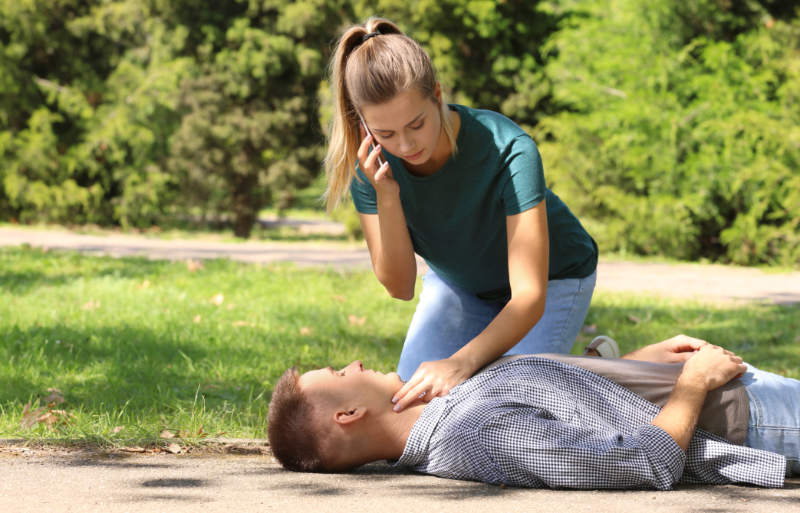
While most situations can be resolved by first aid, there are certain incidents that may demand the help of medical professionals. Do not hesitate to call 911 if you believe that the accident or injury is beyond your expertise.
While waiting for help to arrive, remember to control any bleeding, cover any wounds or burns with sterile dressing, and raise any sprained limbs. Doing the best you can to prevent further infection or pain will help the arriving responders.
For more tips on what to pack for your wilderness first aid kit, check out this video by Backcountry Exposure:
Just like any other trip, learning the basics of wilderness first aid can help guarantee your safety and survival. It is important to know what kinds of treatment must be done for specific emergencies such as injuries and sprains, especially if you are in the middle of nowhere.
As long as you carry your first aid kit wherever you go, you can manage any situation until further help arrives.
Do you have any other wilderness first aid tips? Please share with us in the comments section below.
Up Next:
- 10 Items to Help You Survive For When You’re Alone in the Wilderness
- First Aid for Survival | 8 Uncommon Items for your First Aid Kit
- 20 Edible Plants You Can Forage For Survival
Calling all preppers, craftsmen, bushmasters, outdoorsmen and all around skilled people, Survival Life needs YOU! Click here if you want to write for us.
Don’t forget to stay connected with us on Facebook, Twitter, Pinterest, and Instagram!
-

 Do It Yourself7 months ago
Do It Yourself7 months agoParacord Projects | 36 Cool Paracord Ideas For Your Paracord Survival Projects
-

 Do It Yourself9 months ago
Do It Yourself9 months agoHow To Make Paracord Survival Bracelets | DIY Survival Prepping
-

 Do It Yourself9 months ago
Do It Yourself9 months ago21 Home Remedies For Toothache Pain Relief
-

 Do It Yourself10 months ago
Do It Yourself10 months agoSurvival DIY: How To Melt Aluminum Cans For Casting
-

 Exports8 months ago
Exports8 months agoAre Switchblades Legal? Knife Laws By State

